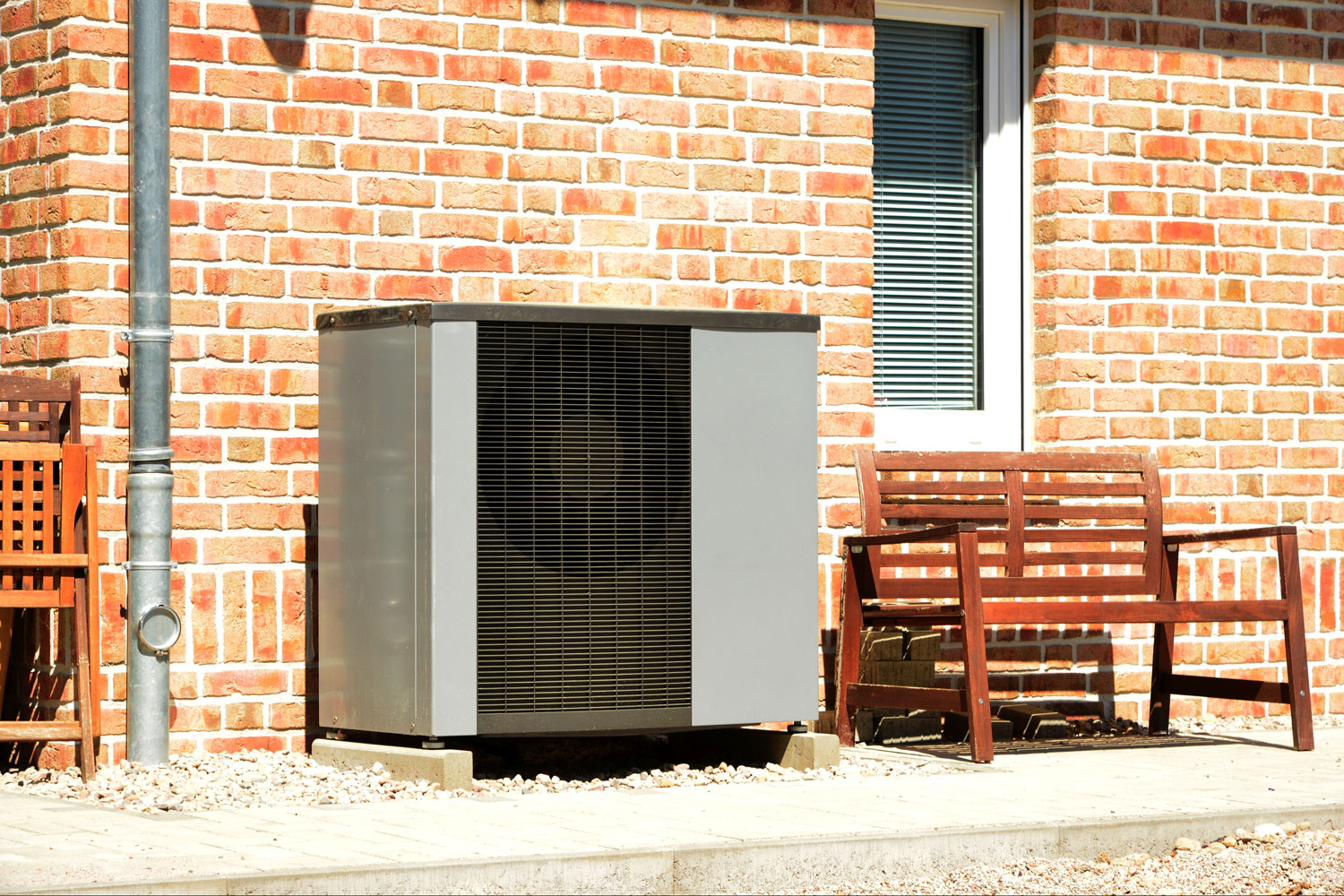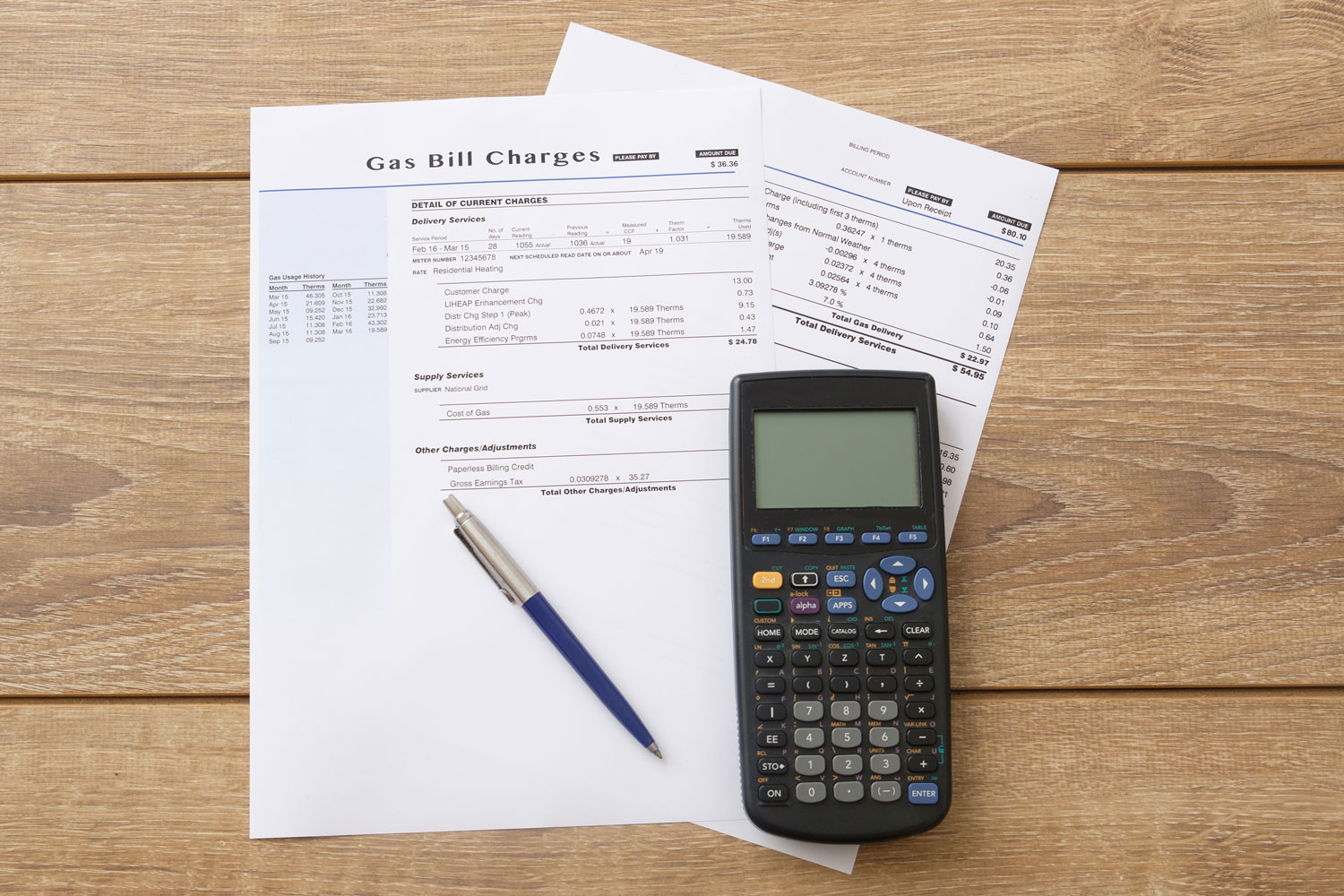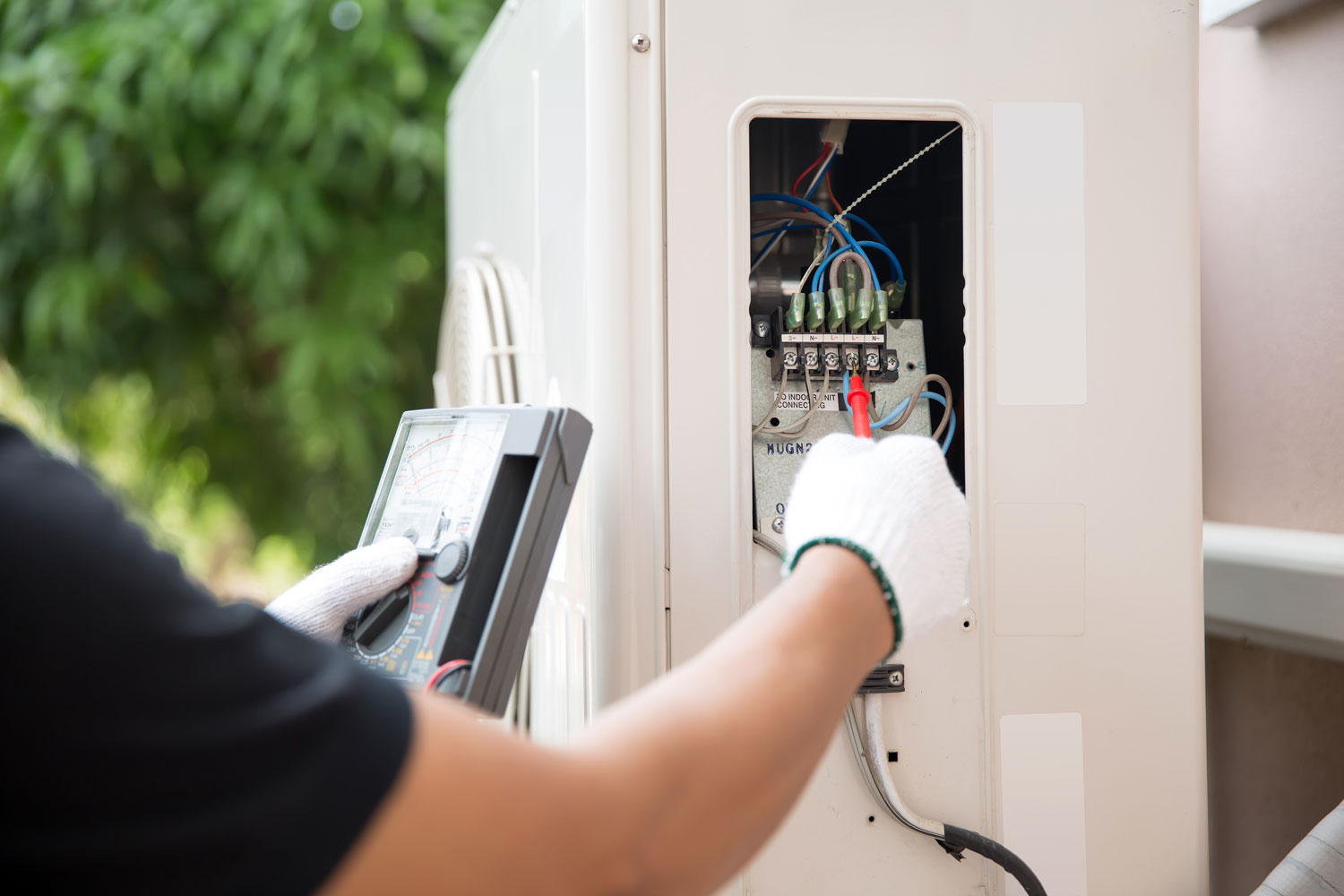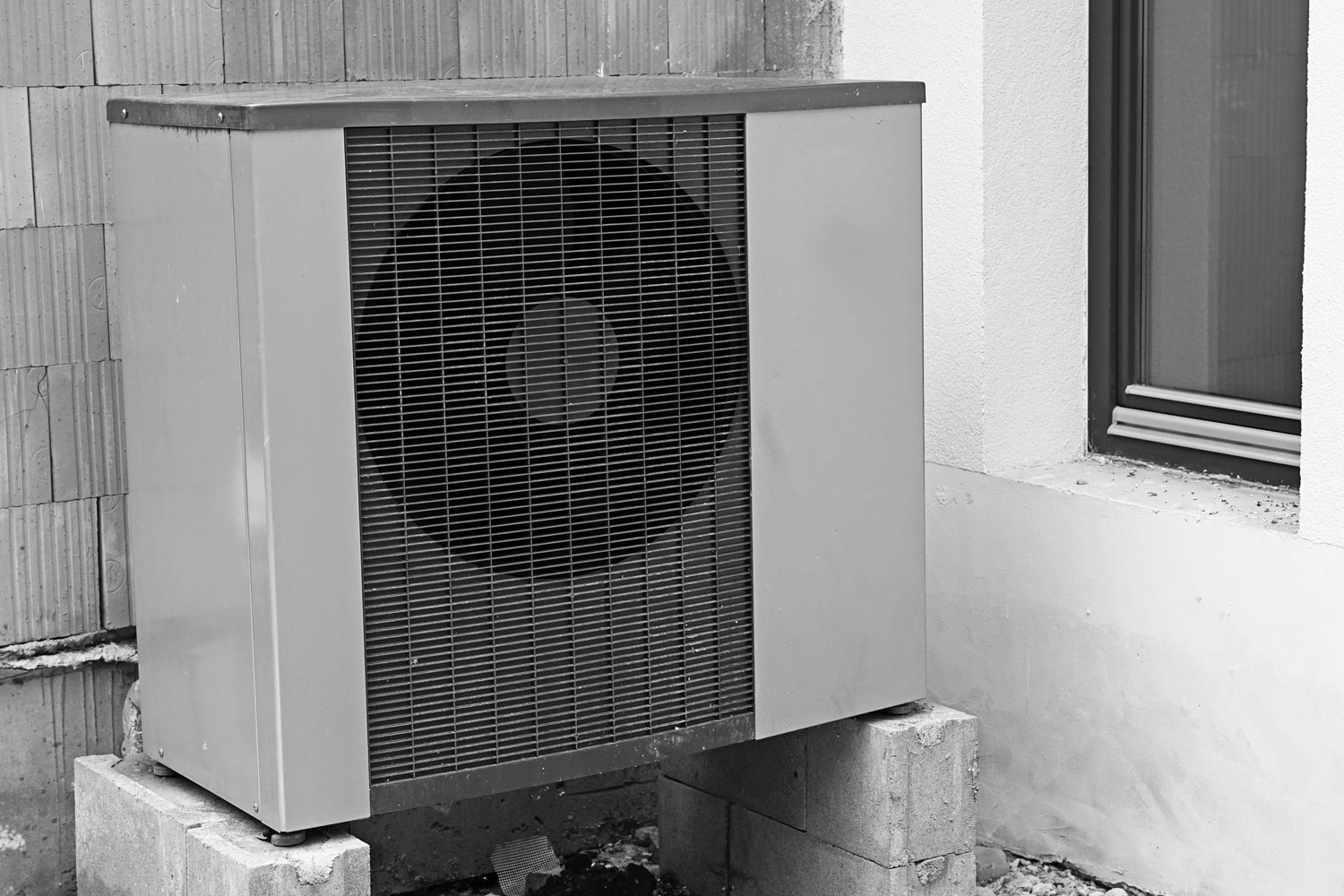A heat pump is an alternative to air conditioners and furnaces. The appliance is popular with homeowners striving to minimize their carbon footprint.
You may need to pump down a heat pump to make repairs, move it, or replace a line set. We've got you covered if you're wondering how you can do this. We talked to the experts, and this is what we discovered.
Here's how to pump down a heat pump:
- Turn off the outdoor disconnect.
- Set the heat pump to cooling mode.
- Remove the high and low-pressure lines valve caps.
- Shove the outdoor disconnect back in.
- Let the system run for about two minutes.
- Close the high-pressure valve.
- Observe the gauges for the pressure to drop to zero.
- Close the low-pressure valve.
- Unplug the outdoor disconnect.
- Shut off the thermostat.
That was a lot of information to take in at once, but read on to learn more about pumping down a heat pump. We will also discuss some indicators of heat pump problems and how to troubleshoot a heat pump that will not turn on.
![A heat pump placed on top of concrete cinderblocks, How To Pump Down A Heat Pump [ A Step-By-Step Guide]](https://hvacseer.com/wp-content/uploads/2022/03/How-To-Pump-Down-A-Heat-Pump-A-Step-By-Step-Guide.png)
Pumping Down A Heat Pump
You can manually pump down your heat pump by closing the liquid line valve and pumping the refrigerant from the low-pressure side of the unit into the condenser.
Watch this video or follow the steps outlined to pump down your heat pump.
Step-by-Step Guide
- Pull the outdoor disconnect to turn it off. If your heat pump has a lever disconnect switch, flip it to turn off the outdoor disconnect.
- Lower the temperature settings on the indoor thermostat to turn on the fan. Alternatively, you can set the heat pump to cooling mode.
- Use an adjustable wrench to unscrew the valve caps. Turn the valve caps anti-clockwise to open them.
- Plug the outdoor disconnect back in to switch it on. Rather than gently pushing the disconnect in, shove it in to avoid giving the compressor a false start.
- Allow the unit to run for two minutes to let the system cycle.
- Using a service wrench, work clockwise to close the high-pressure valve. As the refrigerant in the evaporator coil absorbs heat, pressure rises, pumping the refrigerant into the outdoor unit. The high pressure allows the compressor to suck the refrigerant through the low-pressure line, trapping it in the accumulator and the outdoor coils.
- Observe as the pressure in both the low side gauge and high side gauge falls and close the low-pressure line. Wait for the pressure on the low side gauge to fall to zero before starting to shut the low-pressure valve. To close the low-pressure valve, use the service wrench and work clockwise.
- Remove the outdoor disconnect to turn the outdoor unit off.
- Turn off the thermostat to switch off the indoor fan.
If you are not licensed to handle a refrigerant, it's best to let the professionals pump your unit down.
Attempting to pump down the unit without the technical know-how can cause severe injuries or irreparable damage.
What Are The Indicators Of Heat Pump Problems?

Heat pumps have dual capabilities in that they keep you cool when it's hot and warm when it's cold.
Unlike regular ACs or furnaces that run at specific times of the year, these units work all year round, experiencing high wear and tear. Moreover, they are prone to regular breakdowns as they are practically overworked.
Fortunately, heat pumps often indicate when the system is malfunctioning. If you know what to look out for, you'll know when to schedule maintenance before incurring costly repairs or the heat pump shuts down .
Strange Noises
Although heat pumps make some noise during operation and when they turn on or off, they are moderately quiet. Watch out for strange noises that replace the usual humming sound, such as rattles, screeches, bangs, and grinding.
A loose fan belt can cause rattling noises. Furthermore, the unit will make screeching noises if the central air-fan motor is poorly lubricated.
Schedule for repairs as soon as you notice noises that are a point of concern. Do not wait for the noises to become louder or more frequent before talking to a technician, as this will only aggravate damage to your unit.
Higher Energy Bills

Heat pumps rely on electricity to redistribute heat to make a cool space cooler and a warm space warmer. If your energy usage remains the same yet your bills unexpectedly skyrockets, pay closer attention to your heat pump.
Inefficiency in the heat pump system can cause your energy bills to increase. This inefficiency may result from a dirty filter, faulty installation, low refrigerant charge, or even refrigerant overcharge.
While replacing a dirty filter is relatively easy, other causes may require the input of an HVAC professional.
Poor Airflow
A reduction of the air flowing from your room vents may indicate an issue with the heat pump. The heat pump has a blower that sends out conditioned air from the unit.
If the blower fan motor is dirty or worn, it can reduce the fan's power and reduce airflow.
Poor airflow is also caused by dirty air filters and coils. Furthermore, debris can block the outside unit, constricting airflow.
While you can remedy dirty filters, blocked outside components, and dirty coils, it would be best if you left a faulty blower motor and other technical problems to an HVAC technician.
Ice On The Indoor Or Outdoor Coils

Ice can form on the indoor or outdoor coils when the heat pump coils lose their ability to absorb heat during evaporation. Depending on the heat pump mode, icing may imply that the coils are dirty or that the refrigerant is leaking.
If you discover ice on the coils, schedule maintenance with a professional. If the coils are dirty, the technician will detach and clean them.
In contrast, if the refrigerant is leaking, the professional will identify the spot where the refrigerant is leaking, seal it, and recharge the refrigerant.
Strange Smell
The heat pump system has both indoor and outdoor components. The outdoor unit is exposed to elements such as rain and high moisture contents. Moreover, rodents can crawl into the appliance if the access holes are open.
A foul smell coming from your appliance may suggest a rusting unit or that a rodent crawled into the unit and died there. You will likely detect rust odor in damp conditions when oxidation is most likely to occur.
Condensation of moisture along the indoor and outdoor coils can cause rusting. While this moisture should drain into a condensate pan and drain away, excess moisture can lead to rusting of components.
Corroded coils can leak refrigerant or result in the heat pump's heating and cooling ability loss.
If you detect a burning smell, immediately act on it by switching off your appliance and leaving it off until a professional inspects and rectifies the problem.
A burning smell indicates that something is wrong with your unit electrically, thus posing a fire hazard. Mitigate the risk by prompting scheduling for repairs.
The Heat Pump Is Stuck In A Mode
A faulty reversing valve may cause the heat pump to fulfill either heating or cooling functions. The reversing valve enables the heat pump to heat and cool by changing the direction of the refrigerant flow.
Other reasons that may cause the heat pump to be stuck in one of its two modes include a faulty fan or fan motor, thermostat issues, or a malfunctioning electronic control board.
An HVAC professional will identify why your unit is stuck on one mode and resolve the issue, enabling it to serve you through the year.
How To Troubleshoot A Heat Pump That Will Not Turn On
It's not uncommon to encounter heat pump problems from time to time. Knowing basic troubleshooting steps can eliminate the need to call a professional every time your heat pump fails to come on.
Your heat pump may fail to turn on due to power loss or thermostat problems.
Probe The Thermostat
Begin by probing whether the thermostat is set to have heat come on at the right time. Following that, check whether the thermostat is set at above room temperature.
If the settings are incorrect, adjust them and observe whether the heat pump comes on.
In case the issue persists, have a professional service the thermostat. Servicing will address issues hindering communication between the thermostat and the heat pump.
A professional can also correct a miscalibration that causes the thermostat to misread the temperature.
Inspect The Circuit Breaker

If you suspect power loss, check whether the circuit breaker has tripped. If the circuit breaker has tripped, position it correctly, then turn on the heat pump.
When the circuit breaker trips regularly, this may imply electrical failure with the heat pump.
In Closing

Pumping down a heat pump will make moving the unit or repairing it easier. We hope that the information shared in this article will be a guide.
Additionally, schedule routine maintenance regularly to keep common heat pump problems at bay.
Start troubleshooting your unit if you encounter these problems before it's time for servicing. If you are unsure how to proceed, consult a technical expert to help you resolve the issue.
You may also be interested in these topics:
